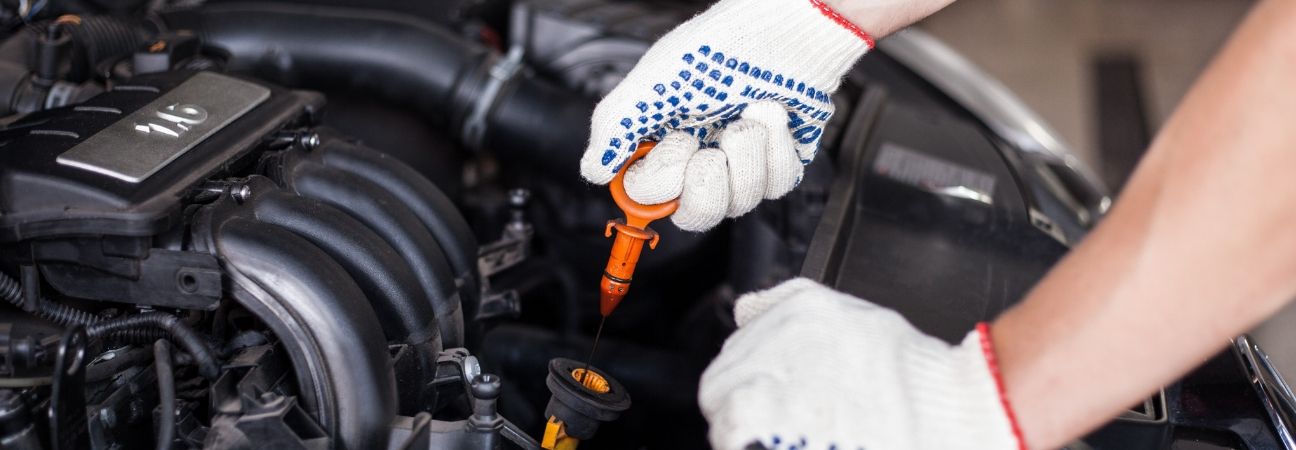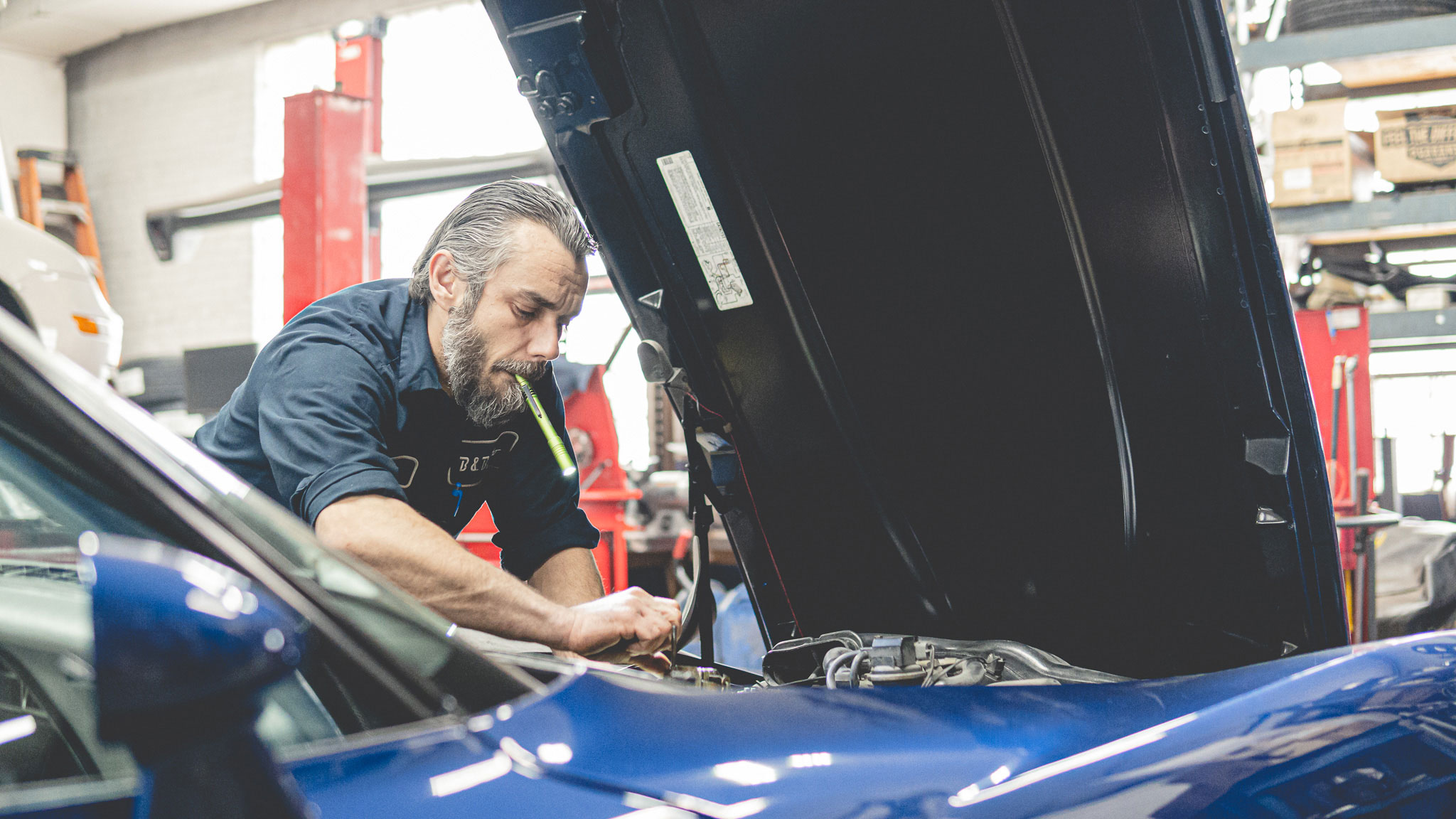Featured
When your vehicle needs replacements or repair work, one of the most crucial decisions you'll require to make is whether to make use of Original Equipment Supplier (OEM) parts or aftermarket parts. Both options include their own advantages and negative aspects, and choosing the appropriate one can considerably affect the performance, longevity, and price of your vehicle repair service. Right here's a guide to aid you make an educated choice between OEM and aftermarket components.
![]()
What Are OEM Components? When it was built, OEM parts are made by the very same manufacturer that created the initial parts in your automobile. These components are designed specifically for your make and model, making sure a best fit and matching the requirements of the original parts. As an example, if you own a Ford vehicle, an OEM part would be manufactured by Ford or an authorized Ford supplier.
One of the main advantages of OEM components is their ensured high quality and compatibility. Because they are developed to satisfy the supplier's specific requirements, OEM components are most likely to operate well and last as lengthy as the original component. Oftentimes, they feature warranties that ensure your satisfaction. Furthermore, using OEM components can assist keep the resale value of your lorry because possible customers commonly choose automobiles that have actually been fixed with initial components.
What Are Aftermarket Parts? Aftermarket parts are created by third-party manufacturers and are made to fit a range of lorries, not simply one certain make or model. These parts are typically less costly than OEM parts since they are generated in higher volumes, and the producers do not birth the very same growth costs as the initial makers.
While aftermarket components are created to be compatible with the majority of vehicles, the quality can differ depending upon the brand and manufacturer. Some aftermarket components are premium and give comparable efficiency to OEM components, while others might be made with more affordable materials and may not do as well or last as long.
![]()
Benefits of OEM Parts. Guaranteed High Quality and Fit: Given that OEM components are made by the vehicle's producer, they're assured to meet the precise specifications of the original components. This guarantees an accurate fit and ideal efficiency. Guarantee: OEM parts usually include a producer's guarantee, providing tranquility of mind and defense versus problems. Resale Value: Vehicles fixed with OEM components are typically more appealing to customers, which can help keep and even enhance the resale worth of your car. Durability: OEM components are usually built to last as long as the initial components, suggesting you might have fewer problems and replacements in the future. Benefits of Aftermarket Components. Lower Expense: Aftermarket components are generally more affordable than OEM parts, making them an appealing choice for those wanting to save cash on fixings. Selection: There is a broader range of aftermarket components readily available, including upgraded or performance-enhancing options that may not be offered in OEM components. This is especially eye-catching to vehicle lovers that intend to change their car. Availability: Aftermarket components are commonly readily available and commonly less complicated to discover than OEM components, which can be especially handy for older vehicles or hard-to-find components. Advancement: Several aftermarket components are created with enhancements or added functions that enhance the lorry's efficiency or look, such as high-performance brake pads or exhaust systems. Disadvantages of OEM Parts. Greater Price: OEM components are commonly a lot more pricey than aftermarket alternatives, which can be a significant variable if you get on a budget plan. Restricted Options: OEM components might provide less alternatives for personalization or efficiency upgrades compared to aftermarket components. Drawbacks of Aftermarket Components. Inconsistent Quality: Aftermarket parts can vary widely in regards to high quality. Some producers generate parts that execute just as well as OEM components, while others may reduce edges to save expenses. Fitment Issues: While aftermarket components are created to fit most cars, they might not constantly be a specific match for your cars and truck, bring about prospective compatibility concerns. Warranty Limitations: Aftermarket components might not include guarantees or might offer restricted protection, which might cause additional costs if the part fails prematurely. Just how to Pick In Between OEM and Aftermarket Components. When deciding in between OEM and aftermarket components, there are numerous aspects to take into consideration:
Budget plan: If cost is a primary worry, aftermarket components may be the better option as a result of their lower rate. If you can manage it and are worried concerning long-term reliability, OEM components might be worth the financial investment. Vehicle Age and Condition: If you possess a more recent vehicle that's still under guarantee, making use of OEM parts might be the finest selection to keep the car's honesty and preserve its resale value. For older automobiles, aftermarket components can be an affordable service to maintain the auto running. Performance and Personalization: If you want improving your lorry's efficiency or look, aftermarket parts offer even more variety and options for upgrades. Maker Referrals: Some vehicle makers might call for the usage or advise of OEM parts for particular repairs, particularly for safety-related components like air bags or brake systems. Constantly consult your owner's manual or an expert mechanic for assistance. Verdict. Ultimately, the decision in between OEM and aftermarket components depends on your details demands, choices, and budget. While OEM parts supply an assured fit and better, aftermarket components can provide cost financial savings and a more comprehensive variety of alternatives. By carefully considering factors like cost, automobile age, and wanted efficiency, you can make the very best choice for your automobile fixings, guaranteeing that your cars and truck stays in good functioning condition without breaking the financial institution.

What Are OEM Components? When it was built, OEM parts are made by the very same manufacturer that created the initial parts in your automobile. These components are designed specifically for your make and model, making sure a best fit and matching the requirements of the original parts. As an example, if you own a Ford vehicle, an OEM part would be manufactured by Ford or an authorized Ford supplier.
One of the main advantages of OEM components is their ensured high quality and compatibility. Because they are developed to satisfy the supplier's specific requirements, OEM components are most likely to operate well and last as lengthy as the original component. Oftentimes, they feature warranties that ensure your satisfaction. Furthermore, using OEM components can assist keep the resale value of your lorry because possible customers commonly choose automobiles that have actually been fixed with initial components.
What Are Aftermarket Parts? Aftermarket parts are created by third-party manufacturers and are made to fit a range of lorries, not simply one certain make or model. These parts are typically less costly than OEM parts since they are generated in higher volumes, and the producers do not birth the very same growth costs as the initial makers.
While aftermarket components are created to be compatible with the majority of vehicles, the quality can differ depending upon the brand and manufacturer. Some aftermarket components are premium and give comparable efficiency to OEM components, while others might be made with more affordable materials and may not do as well or last as long.

Benefits of OEM Parts. Guaranteed High Quality and Fit: Given that OEM components are made by the vehicle's producer, they're assured to meet the precise specifications of the original components. This guarantees an accurate fit and ideal efficiency. Guarantee: OEM parts usually include a producer's guarantee, providing tranquility of mind and defense versus problems. Resale Value: Vehicles fixed with OEM components are typically more appealing to customers, which can help keep and even enhance the resale worth of your car. Durability: OEM components are usually built to last as long as the initial components, suggesting you might have fewer problems and replacements in the future. Benefits of Aftermarket Components. Lower Expense: Aftermarket components are generally more affordable than OEM parts, making them an appealing choice for those wanting to save cash on fixings. Selection: There is a broader range of aftermarket components readily available, including upgraded or performance-enhancing options that may not be offered in OEM components. This is especially eye-catching to vehicle lovers that intend to change their car. Availability: Aftermarket components are commonly readily available and commonly less complicated to discover than OEM components, which can be especially handy for older vehicles or hard-to-find components. Advancement: Several aftermarket components are created with enhancements or added functions that enhance the lorry's efficiency or look, such as high-performance brake pads or exhaust systems. Disadvantages of OEM Parts. Greater Price: OEM components are commonly a lot more pricey than aftermarket alternatives, which can be a significant variable if you get on a budget plan. Restricted Options: OEM components might provide less alternatives for personalization or efficiency upgrades compared to aftermarket components. Drawbacks of Aftermarket Components. Inconsistent Quality: Aftermarket parts can vary widely in regards to high quality. Some producers generate parts that execute just as well as OEM components, while others may reduce edges to save expenses. Fitment Issues: While aftermarket components are created to fit most cars, they might not constantly be a specific match for your cars and truck, bring about prospective compatibility concerns. Warranty Limitations: Aftermarket components might not include guarantees or might offer restricted protection, which might cause additional costs if the part fails prematurely. Just how to Pick In Between OEM and Aftermarket Components. When deciding in between OEM and aftermarket components, there are numerous aspects to take into consideration:
Budget plan: If cost is a primary worry, aftermarket components may be the better option as a result of their lower rate. If you can manage it and are worried concerning long-term reliability, OEM components might be worth the financial investment. Vehicle Age and Condition: If you possess a more recent vehicle that's still under guarantee, making use of OEM parts might be the finest selection to keep the car's honesty and preserve its resale value. For older automobiles, aftermarket components can be an affordable service to maintain the auto running. Performance and Personalization: If you want improving your lorry's efficiency or look, aftermarket parts offer even more variety and options for upgrades. Maker Referrals: Some vehicle makers might call for the usage or advise of OEM parts for particular repairs, particularly for safety-related components like air bags or brake systems. Constantly consult your owner's manual or an expert mechanic for assistance. Verdict. Ultimately, the decision in between OEM and aftermarket components depends on your details demands, choices, and budget. While OEM parts supply an assured fit and better, aftermarket components can provide cost financial savings and a more comprehensive variety of alternatives. By carefully considering factors like cost, automobile age, and wanted efficiency, you can make the very best choice for your automobile fixings, guaranteeing that your cars and truck stays in good functioning condition without breaking the financial institution.
Latest Posts
Uncover the Top Auto Repair Discounts in Montclare, Chicago
Published en
1 min read
Take Advantage of Exclusive Auto Repair Deals in Chicago at Montclare Auto Repair
Published en
1 min read
Find Montclare Auto Repair’s Highly Requested Auto Repairs and Why Drivers Rely On Them
Published en
1 min read
More
Latest Posts
Uncover the Top Auto Repair Discounts in Montclare, Chicago
Published May 27, 25
1 min read
Take Advantage of Exclusive Auto Repair Deals in Chicago at Montclare Auto Repair
Published May 25, 25
1 min read
Find Montclare Auto Repair’s Highly Requested Auto Repairs and Why Drivers Rely On Them
Published May 23, 25
1 min read